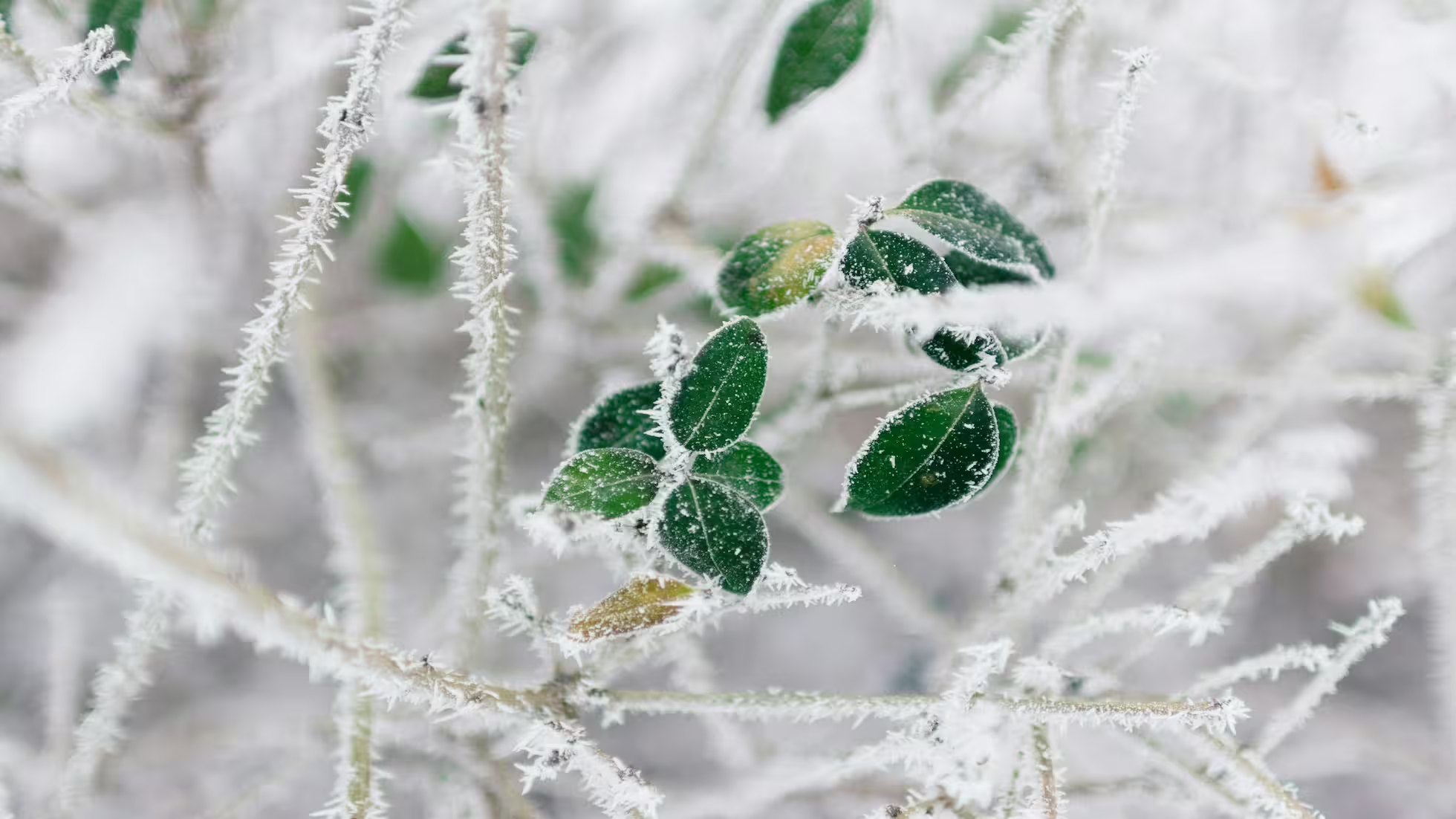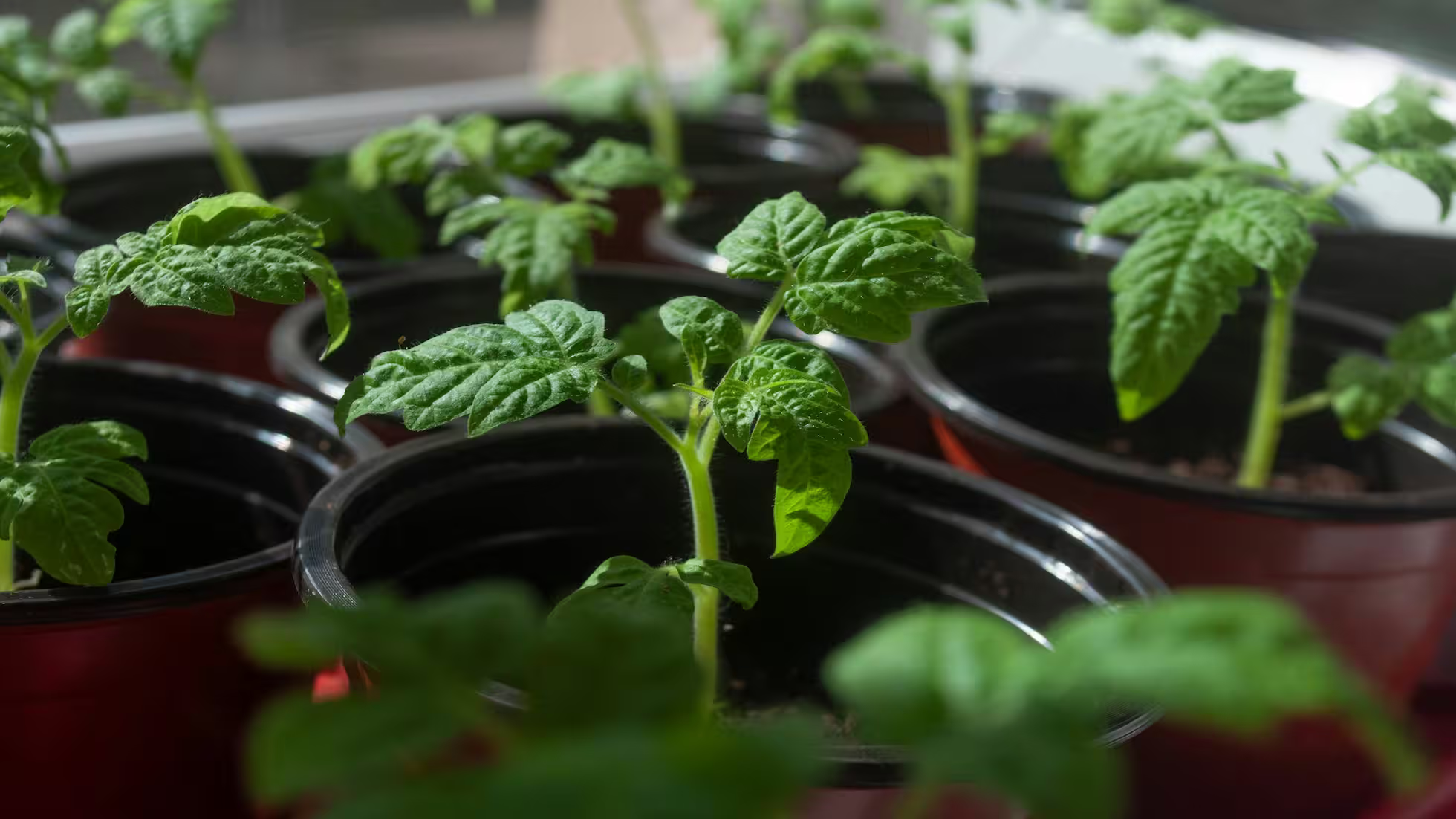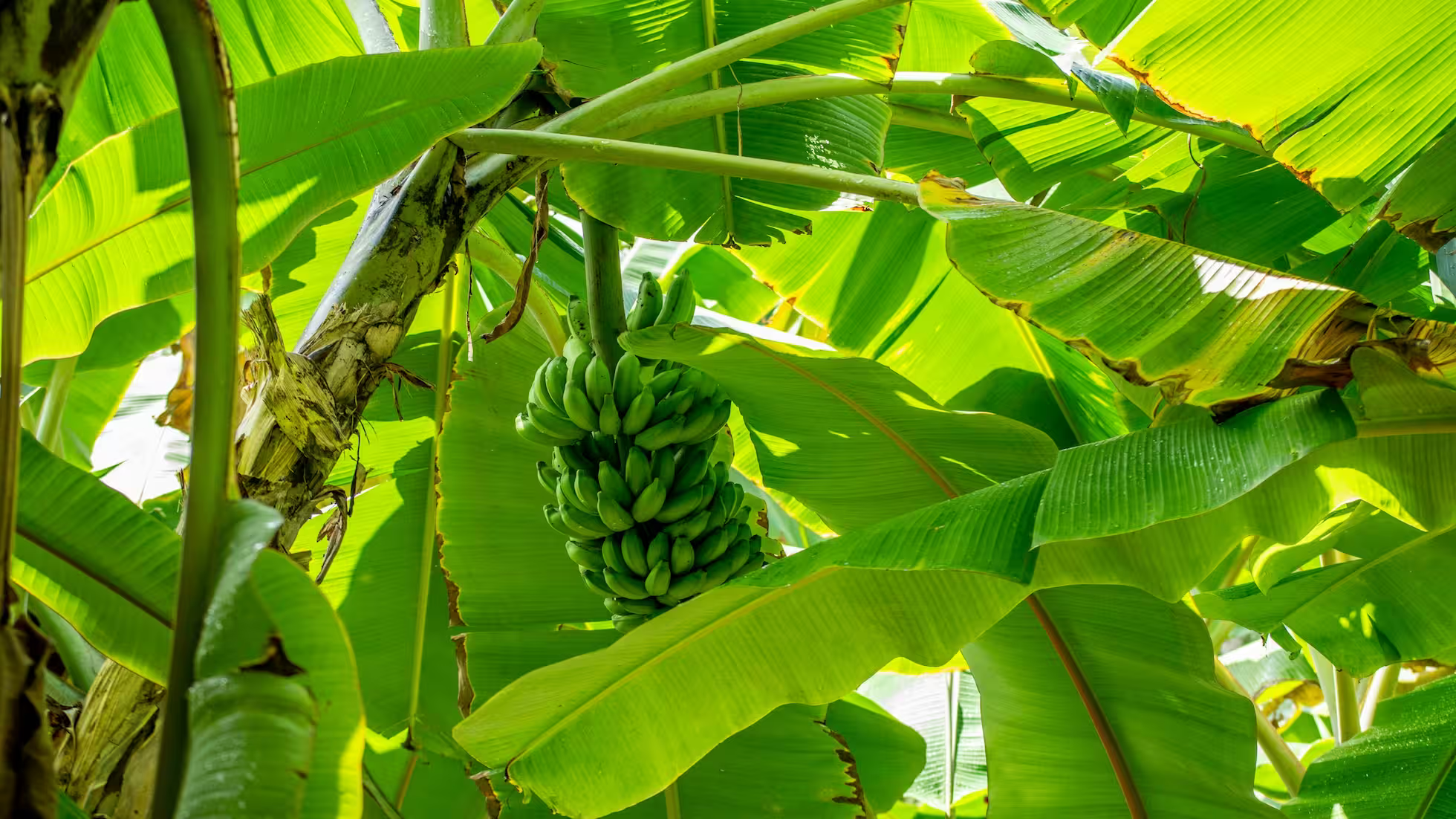Scientific Defense and Management for Vegetable Production During Cold Waves

Cold waves can severely impact vegetable production. In both protected cultivation and open fields, low temperatures, frost, snow accumulation, and strong winds can lead to freeze injury, disease outbreaks, and damage to facilities. A scientific response requires a systematic plan across reinforcement, temperature and light regulation, water–fertilizer management, disease control, and post‑event recovery.
1. Reinforce and maintain facilities to boost cold resistance
- Reinforce greenhouse structures: For aging or wide‑span houses, add support posts, repair damaged film, and enhance wind/snow resistance. Use extra steel pipes or guy‑ropes for deformed frames to improve stability.
- Insulation and wind‑proofing: Cover the light‑receiving side with high‑efficiency quilts and add multi‑layer inner thermal curtains; seal film edges to reduce heat loss; install windbreaks at inlets and low‑lying areas.
- Heating and supplemental light: Use heaters (hot‑air furnaces, electric pipes, soil cables) to maintain temperature. Hang reflective film on the north wall to improve light use; add LED lights when needed to sustain photosynthesis.
- Raise soil temperature: Mulch beds with rice‑husk ash, plant ash, or straw to reduce soil heat loss and warm the root zone. In open fields, cover plants with non‑woven fabric, mulch film, or shade nets to mitigate frost damage.
2. Manage water and nutrients wisely to enhance tolerance
- Foliar anti‑cold treatments: Before a cold wave, apply growth regulators such as brassinolide or seaweed extract, or 0.3% KH₂PO₄. Supplement Mg, Zn, and B to support photosynthesis and cell‑wall integrity.
- Irrigation strategy: During low temperatures, irrigate strictly and avoid chilling the root zone. Follow “three dos/three don’ts”: water on sunny days, not cloudy; water before noon, not after; apply small, frequent irrigations, not flooding. Clear drainage in low‑lying fields to prevent freeze damage from standing water.
- Optimize light use: Prune to reduce mutual shading and improve light penetration. Clean film surfaces periodically to increase transmittance. Use artificial lighting during extended overcast periods.
3. Clear snow and drain promptly to reduce freeze risk
- Facility snow removal: Use a “clear as it snows” approach to prevent collapse. Arrange night shifts in snowfall to clear roof snow promptly. If load is excessive and collapse is imminent, deliberately cut the film to relieve pressure and protect the frame.
- Open‑field drainage: Dredge perimeter, bed, and furrow ditches in advance to drain snowmelt quickly and avoid freeze injury. Deepen ditches or pump water when drainage is poor.
4. Disease control to keep plants healthy
- Humidity control: Vent when possible and use absorbent materials (straw, husk ash) to reduce humidity. When ventilation is difficult, use smoke or fine powders (e.g., chlorothalonil smoke, sulfur fumigation) for gray mold and downy mildews.
- Monitoring and response: After cold waves, plant resistance drops and soft rot, gray mold, and downy mildews can flare up. Apply low‑toxicity, low‑residue broad‑spectrum fungicides (e.g., carbendazim, chlorothalonil) promptly and remove frozen/dead plants to reduce inoculum.
5. Restore light gradually to avoid photostress
- Stepwise uncovering: After sunny weather returns, uncover thermal quilts gradually to avoid sudden high light that causes wilting. If wilting occurs, re‑cover, allow recovery, and then uncover progressively.
- Manage humidity: With light restored, vent slightly at midday to clear fog and lower humidity. Foliar spray 1% seaweed extract or clean water at noon to relieve transient water deficit and improve cold tolerance.
- Open‑field covers: After snow/ice melt, do not remove covers immediately; wait for smaller diurnal ranges and warmer soils, then remove covers in stages.
6. Harvest and re‑sow to reduce economic loss
- Harvest mature crops in advance: Before a cold wave, harvest mature vegetables to reduce losses. If frozen plants still have market value, harvest and sell promptly.
- Handle frozen crops: Remove severely damaged plants to avoid rot and contamination. Lightly damaged crops can be pruned to promote regrowth.
- Re‑sow quick crops: Resume production quickly with fast, cold‑tolerant species such as pak‑choi, lettuce, mustard, spinach, and garland chrysanthemum to compensate losses and improve land use.
Published at: Feb 2, 2025 · Modified at: Dec 24, 2025



